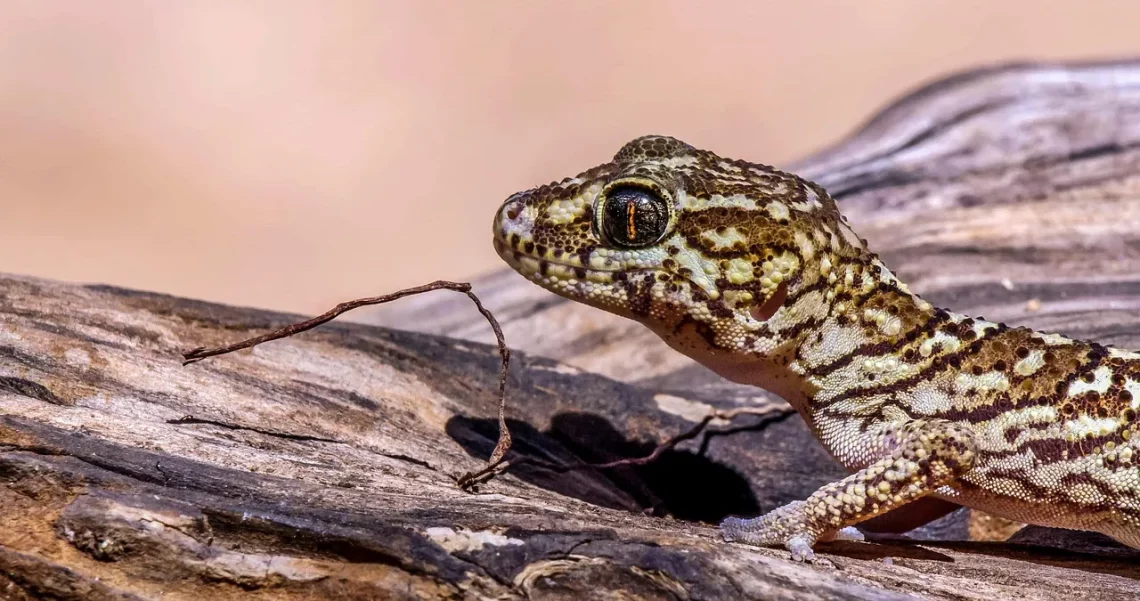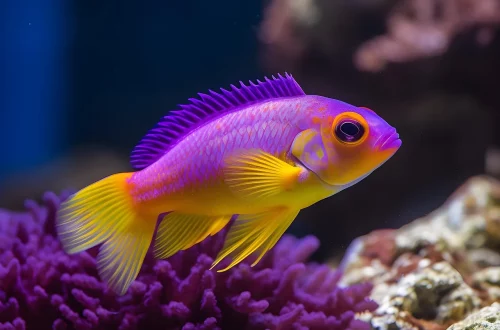
The Ultimate Guide to Caring for Adult Crested Geckos
Crested geckos, with their distinctive appearance and captivating behaviors, have become increasingly popular among reptile enthusiasts. Originating from New Caledonia, these charming lizards are not only visually stunning but also relatively easy to care for, making them an excellent choice for both beginners and experienced keepers. Their unique adaptations, such as their ability to climb smooth surfaces and their lovely array of color morphs, add to their allure. However, proper care is crucial to ensure that these creatures thrive in captivity.
Understanding the natural habitat and behaviors of crested geckos provides valuable insights into their care requirements. In the wild, these geckos inhabit moist, tropical forests, where they lead a primarily arboreal lifestyle. Consequently, replicating these conditions in a captive environment is essential for their well-being. From the right substrate to appropriate humidity levels and temperature gradients, each aspect of their habitat plays a significant role in their health and happiness.
Crested geckos are also known for their diverse diet, which includes a mix of insects, fruits, and specially formulated diets. Knowledge of their nutritional needs is vital for maintaining their health and vitality. As their keeper, you will play a pivotal role in ensuring they receive a balanced diet that meets their specific needs. This guide will delve deeper into the essential aspects of caring for adult crested geckos, helping you create a thriving environment for these enchanting reptiles.
Creating the Ideal Habitat for Your Crested Gecko
One of the most crucial aspects of keeping a healthy crested gecko is providing an appropriate habitat that mimics their natural environment. The enclosure should be spacious enough to allow them to explore and behave naturally. A tall terrarium is ideal, as crested geckos are arboreal and enjoy climbing. A 20-gallon tall tank is a good starting point for adult geckos, but larger is always better to give them more room to roam.
When setting up the enclosure, consider the substrate. Options like coconut fiber, sphagnum moss, or paper towels can be suitable, but avoid sand or gravel, which can cause impaction if ingested. The substrate should retain some moisture to help maintain humidity levels, which should ideally be between 50% to 70%. Using a hygrometer will help you monitor these levels accurately.
Decorating the terrarium is not just for aesthetics; it also provides hiding spots and climbing opportunities for your gecko. Incorporate items like branches, vines, and plants (real or fake) to create a stimulating environment. Live plants can help with humidity and provide a more natural feel, but ensure they are safe for reptiles. Additionally, a shallow water dish should be included for hydration, and misting the enclosure regularly will help maintain humidity.
Temperature is another critical factor in your gecko’s habitat. A temperature gradient of 72°F to 78°F (22°C to 26°C) during the day is ideal, with a slight drop at night. Using a heat mat or ceramic heat emitter can help achieve these temperatures, but avoid direct heat sources that might burn your gecko. Providing a warm basking spot can also be beneficial, as crested geckos will sometimes bask to regulate their body temperature.
Feeding Your Crested Gecko: Nutritional Needs
Feeding your crested gecko a balanced diet is essential for their health and longevity. In the wild, their diet consists of fruits and insects, and replicating this in captivity will help ensure they receive the necessary nutrients. One popular option among keepers is a commercially available powdered diet designed specifically for crested geckos. These diets are formulated to provide the right balance of vitamins and minerals and can be mixed with water to create a palatable slurry.
In addition to powdered diets, you can offer a variety of fresh fruits like mashed banana, pureed pumpkin, or applesauce. Always introduce new foods gradually and monitor your gecko for any adverse reactions. It’s essential to avoid citrus fruits, as they can be harmful to crested geckos.
Insects are also an important part of their diet, providing protein and other essential nutrients. Offer gut-loaded insects like crickets or mealworms a few times a week. Gut-loading means feeding the insects nutritious foods before offering them to your gecko, enhancing their nutritional value. Dusting the insects with a calcium and vitamin D3 supplement can further ensure your gecko receives the necessary nutrients for bone health.
It’s important to note that adult crested geckos do not require daily feeding; every other day or two to three times a week is sufficient. Monitor their weight and body condition regularly to adjust feeding schedules as needed. A healthy crested gecko will have a rounded body and a well-defined tail, which is a good indicator of proper nutrition.
Handling and Socialization: Building Trust
While crested geckos are generally docile, proper handling and socialization are essential to build trust between you and your pet. Start by allowing your gecko to acclimate to its new environment without stress. For the first few weeks, limit handling to observe their behavior and let them adjust.
When you begin handling your crested gecko, approach slowly and gently. Use both hands to provide support and avoid sudden movements that may scare them. It’s best to handle them during the evening when they are naturally more active. Start with short handling sessions, gradually increasing the duration as they become more comfortable.
Recognizing your gecko’s body language is key to understanding their comfort level. If they are calm, exploring your hands, or sitting still, they are likely comfortable. However, if they show signs of stress, such as tail dropping or attempting to escape, it’s best to return them to their enclosure. Always prioritize their comfort, as forcing interaction can lead to stress and potential health issues.
Socialization can also include providing enrichment in their environment. Rotate decorations or introduce new items to stimulate their curiosity. You can also offer climbing challenges or hide treats in their enclosure to encourage natural foraging behaviors. These activities help build a bond between you and your gecko while promoting a healthy lifestyle.
Health Monitoring and Common Issues
Regular health monitoring is vital for ensuring your crested gecko remains healthy throughout its life. Observing their behavior, eating habits, and physical condition can help you catch potential health issues early. Look for signs such as lethargy, loss of appetite, or changes in their droppings, which could indicate a health problem.
Common health issues in crested geckos include metabolic bone disease, which results from calcium deficiency. Ensuring they receive adequate calcium and vitamin D3 in their diet is crucial. Another concern is respiratory infections, often caused by improper humidity levels or temperature fluctuations. Keeping their habitat clean and maintaining proper conditions will help prevent these issues.
Should you notice any unusual behavior or signs of illness, consulting a veterinarian who specializes in reptiles is essential. They can provide an accurate diagnosis and recommend appropriate treatments. Remember that early intervention is key to managing health issues effectively.
In conclusion, while caring for adult crested geckos may seem challenging, understanding their needs and behaviors can make the process rewarding. By providing a suitable habitat, a balanced diet, gentle handling, and regular health monitoring, you can ensure that your crested gecko lives a long and healthy life.
**Disclaimer:** This article is not intended as medical advice. For any health concerns regarding your pet, please consult a qualified veterinarian.




